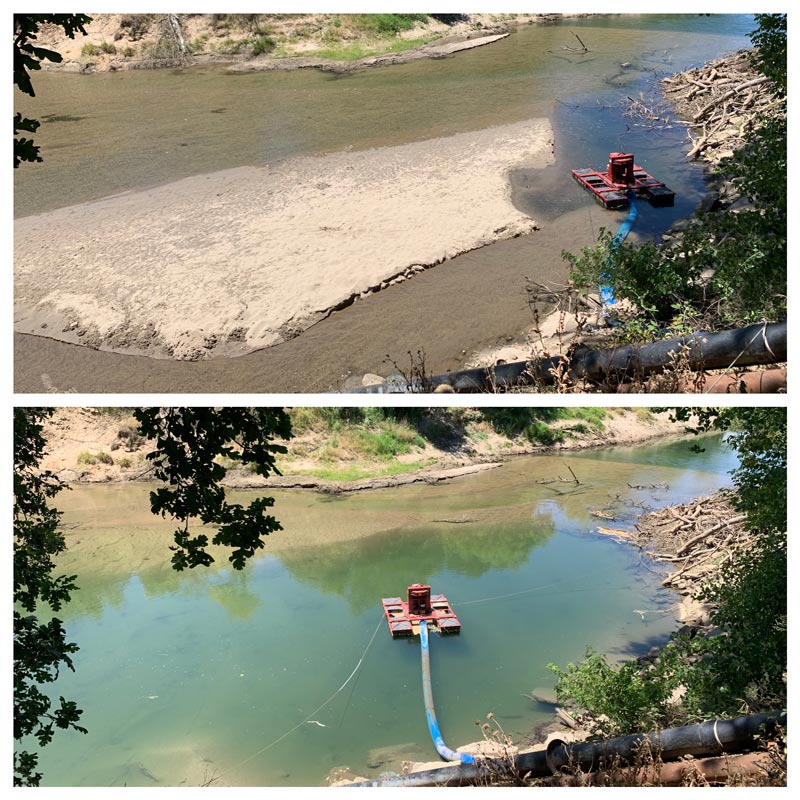
Woodbridge (Calif.) Golf and Country Club opened in 1924. Photo courtesy of Woodbridge Golf and Country Club
It could be difficult to determine a value or lay a finger on the tangible benefits associated GCSAA’s Best Management Practices initiative. After all, what is a good environmental steward or sustainability-focused community partner worth?
For Kurtis Wolford, having at his disposal an applicable, accessible BMP guide is “worth its weight in gold.”
As GCSAA shifts its focus from the three-year drive to establish state-specific BMPs in all 50 states — a goal it achieved in 2020 — to an emphasis on facility-level BMPs, Wolford presents a compelling case.
Wolford, GCSAA Class A superintendent at Woodbridge (Calif.) Golf and Country Club and an 18-year association member, served on the California GCSA’s BMP development and review committee leading up to the publication of the California Golf Industry Best Management Practices Guide in February 2020. Once the proverbial ink was dry on that guide, Wolford turned his attention to distilling those state BMPs down to facility-specific BMPs. The payoff came promptly.
“It came in real handy when I had a few catastrophic things happen,” Wolford says.
BMPs provide guidance in several key areas, including surface water management, groundwater protection and pesticide management. Establishing BMPs for the 50 states was only the first phase of GCSAA’s BMP push. The second phase is BMP establishment at individual golf properties, and Wolford has been among the vanguard.
At Woodbridge Golf and Country Club, about a 1½-hour drive west-northwest of San Francisco in San Joaquin Valley wine country, Wolford counts on two water sources for his irrigation: a well, and riparian water from the Mokelumne River, which provides the course’s western-most border and south of which served as the site for WGCC’s original six holes. Expansion north of the Mokelumne in 1957 resulted in an 18-hole facility. It grew to 27 holes in 1979.
Watch: Take a tour of Woodbridge Golf and Country Club and its turf with superintendent Kurtis Wolford:
During the summer of 2020, California’s rainfall was far below average, and Wolford’s well pump shaft broke, rendering the well inoperable. WGCC also employs a floating and a slant pump on the Mokelumne, but several thousand tons of sand had flowed downriver and deposited in the course’s pumping area. The reduced seasonal flow of the river left both of the facility’s pumps high and dry.
“I was out of water, period, in May going into June,” Wolford says. “Panic.”
So Wolford dug out his BMPs and dived into researching how to excavate a hole in the riverbed out of which to pump. He hired a local environmental consultant to help navigate all the environmental impact reports and to deal with the California Department of Fish and Wildlife, from which he sought an emergency declaration to allow him to commence digging.

“When the DFW came out to talk to me about the project, they saw we had all the tools and environmental safeguards in place,” says Wolford, who also serves as a GCSAA grassroots ambassador. “They asked if we had any type of BMPs, and since we had them printed out, I had them ready for review.
“Once they saw we had them and had our ducks lined up, their demeanor instantly changed, and they gave blessings to continue to do the emergency work without any interference or even reinspection of the project. With a scope of work of a project this big, removing that amount of sand from the river, which we utilize on the course, it instantly showed me the importance of having a BMP document. Without it, the job of what to do and who to consult with would have been difficult to navigate.”
Andrew Hartsock is GCM’s managing editor.